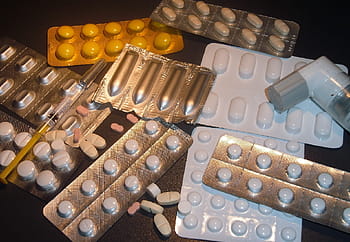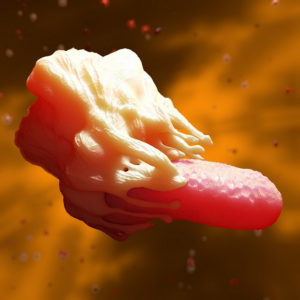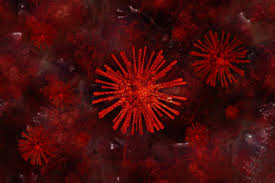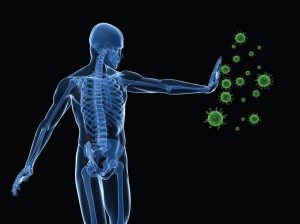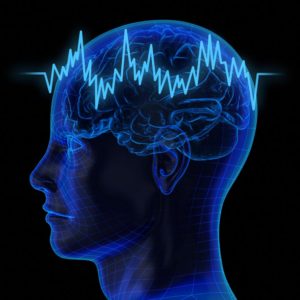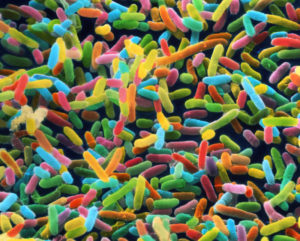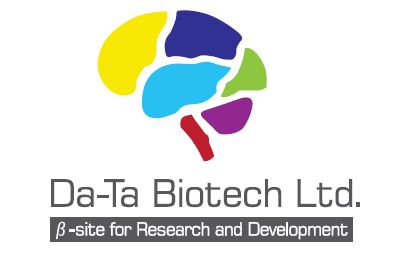Abstract
Proteomics is making important contributions to drug discovery, from target deconvolution to mechanism of action (MoA) elucidation and the identification of biomarkers of drug response. Here we introduce decryptE, a proteome-wide approach that measures the full dose–response characteristics of drug-induced protein expression changes that informs cellular drug MoA. Assaying 144 clinical drugs and research compounds against 8,000 proteins resulted in more than 1 million dose–response curves that can be interactively explored online in ProteomicsDB and a custom-built Shiny App. Analysis of the collective data provided molecular explanations for known phenotypic drug effects and uncovered new aspects of the MoA of human medicines. We found that histone deacetylase inhibitors potently and strongly down-regulated the T cell receptor complex resulting in impaired human T cell activation in vitro and ex vivo. This offers a rational explanation for the efficacy of histone deacetylase inhibitors in certain lymphomas and autoimmune diseases and explains their poor performance in treating solid tumors.
Main
Most drugs act on proteins1,2 and it has been known since the days of Paracelsus that drugs exert their effects in a dose-dependent fashion. The molecular processes leading to a drug-induced change in cellular phenotype can be roughly divided into (1) target binding, (2) pathway engagement and (3) cellular reprogramming to arrive at a new viable state or cell death, together forming the MoA of a drug2,3. Today, quantitative mass spectrometry is the most comprehensive approach for the proteome-wide characterization of drugs on all three levels because of its ability to assay thousands of proteins in complex cellular backgrounds in parallel2. The technology does not require any preconceived hypotheses as to which proteins a drug may target, which pathways it may perturb, or what the proteomic composition of the new cellular state may be. While phenotypic dose–response measurements have been commonplace for decades in pharmacology, there is a lack of proteomic studies that consider dose as the arguably most important characteristic of a drug.
Potent drugs typically engage their cellular targets within minutes, sometimes hours if they have a particularly slow on-rate4,5. Among the most successful approaches for proteome-wide target deconvolution are activity- and affinity-based proteome profiling. Both aim to measure the interaction of a drug with its target(s) directly6,7,8,9. When performed in a dose-dependent fashion, they also allow the determination of apparent interaction constants10,11. Alternative methods measure drug-induced changes in other biophysical or biochemical properties of proteins such as solubility at elevated temperature12,13 or in the presence of organic solvents14,15, sensitivity to oxidizing reagents16 or susceptibility to partial enzymatic hydrolysis17,18. While powerful, these methods often require high levels of target engagement to lead to measurable effects. In addition, the observed effects often extend beyond the target itself, thus complicating the differentiation between direct and indirect drug effects.
Because many cellular pathways are regulated by reversible posttranslational protein modifications (PTMs), mass spectrometry can also be used to measure if a drug engages pathways downstream of the target19. The time frame here is also typically in the minute to few hours range19. Published studies often report large numbers of observable PTM changes as a result of applying arbitrary and typically high single doses of a drug or because the data were collected after many hours of treatment20. Again, the interpretation of such data can be difficult because both direct and indirect effects are contained in the data. It has only very recently been demonstrated that measuring drug effects on PTMs in a dose- and time-dependent fashion is a more powerful approach to pathway engagement measurements because it enables prioritizing the data by drug potency19.
The adaptation of a cell to a new functional state in response to a drug is a complex process, often involving changes in gene expression, messenger RNA (mRNA) and/or protein stabilization or degradation over the course of several hours or even days2. The L-1000 connectivity map project21 has addressed the transcriptional angle of drug perturbations and, more recently, a number of studies have extended such investigations to the level of the proteome22,23,24. Such data are useful because they characterize the molecular consequences that underlie the cellular endpoint (phenotype) of a drug treatment. However, to the best of our knowledge, a systematic evaluation of the dose–response characteristics of drug-induced proteome expression changes has not been undertaken yet, limiting insights as to the molecular basis that drive and describe the observed phenotypic changes.
Here, we close this gap by introducing a method termed decryptE, able to measure the dose–response characteristics of expression changes of ~8,000 proteins in human cells in response to a drug. We exemplify the feasibility and utility of the approach by characterizing 144 drugs with diverse MoA and highlighting several noteworthy findings including the repression of (Jurkat) T cell activation in response to histone deacetylase (HDAC) inhibitors. The collective data comprise >1 million dose–response curves that are accessible via ProteomicsDB and the custom-built decryptE web application for further exploration.
Results
DecryptE for dose-resolved expression proteomics
The decryptE approach (Fig. 1) was developed using Jurkat acute T cell leukemia cells as a model system and is exemplified by analyzing 144 drugs from 16 drug classes (Supplementary Table 1). These comprise approved (53) and phase III (15) drugs as well as phase I/II investigational or frequently used tool compounds (76). Briefly, cells were grown in 48-well plates and treated for 18 hours with five drug doses in full log10 steps between 1 and 10,000 nM and vehicle control (dimethylsulfoxide, DMSO). Metabolic activity and cytotoxicity, as well as cell morphology, were determined for all drugs across the same dose range in parallel and were only marginally affected within the time frame of the experiment (Supplementary Table 1 and Extended Data Fig. 1a) while observed proteomic drug effects were most pronounced (Extended Data Fig. 1b–d). Proteins were extracted by SDS-containing buffer and digested into peptides on a robotic platform following the single-pot, solid-phase-enhanced sample preparation protocol (SP3) approach25. We previously demonstrated that microflow-liquid chromatography with tandem mass spectrometry (LC–MS/MS) enables high-throughput proteome measurements26 and, here, extended the approach by incorporating an ion mobility dimension (high-field asymmetric ion mobility spectrometry, FAIMS) to achieve a proteome coverage of >7,000 proteins per hour (Extended Data Fig. 1e–i). The entire drug screen required 768 hours of instrument time (equivalent to 5.3 h per drug) and led to the identification and quantification of 8,892 proteins using MaxQuant and Prosit rescoring27,28. Based on 48 DMSO replicates, a median quantitative precision of 19% coefficient of variation (CoV) was determined for the assay (Extended Data Fig. 2a) with a high degree of data uniformity (Extended Data Fig. 2b). Dose–response curves were fitted to the data providing information on drug potency (effective concentration required to achieve 50% of the effect, EC50) and effect size (area under the curve or fold change over DMSO). The statistical power of the dose–response data enabled robust classification of 1,133,847 dose–response curves (regulated or not) that formed the basis for all further analysis. DecryptE data were reproducible with 69.5% of all determined EC50 values within half a log10 of drug concentration (Extended Data Fig. 2c–e). Moreover, the CoVs of regulated proteins were invariably higher than for not regulated proteins (Extended Data Fig. 2f)….

